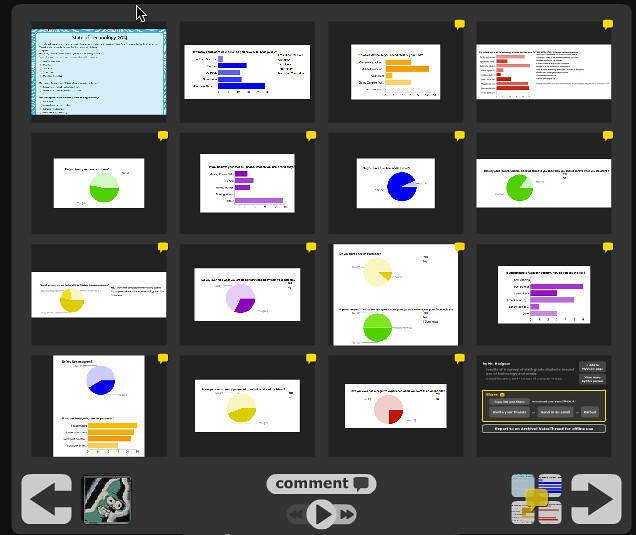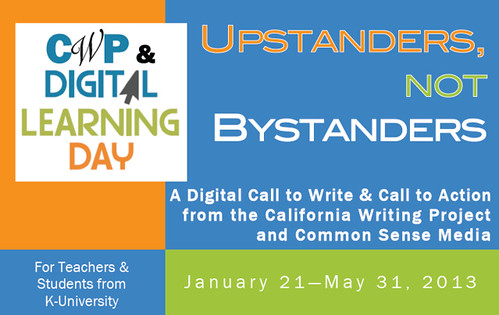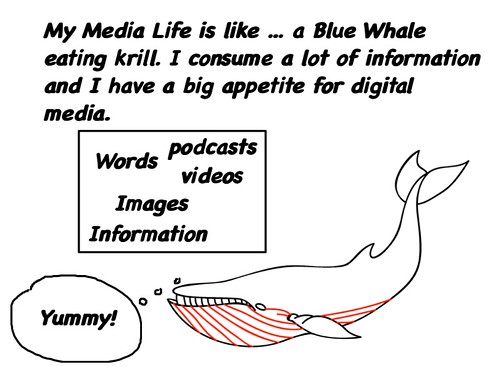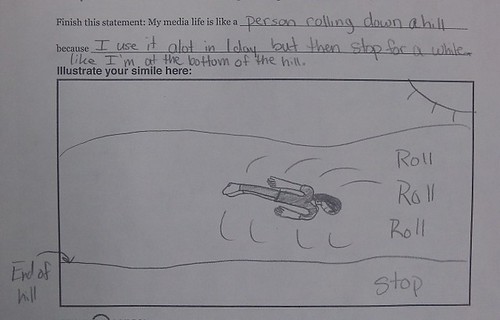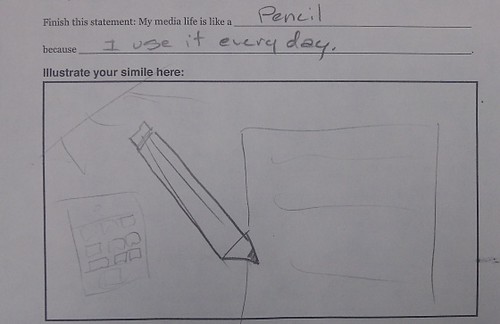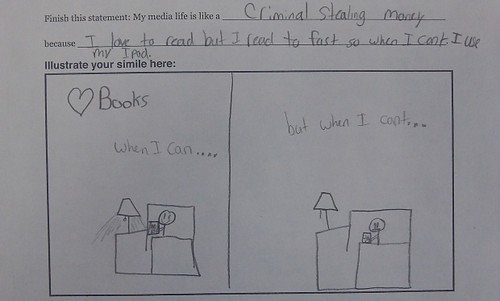
Today is Digital Learning Day. I have some mixed feelings about the whole endeavor to push digital learning into the national conversation with a single day of intense focus (sponsored by the Alliance for Excellent Education). Something about the way it all gets presented makes me …. uncomfortable. I can’t quite name it, which seems unfair to the organizers. And the more I look into what I am feeling this year, and the deeper I explore why I am feeling that way, the less certain I am about my stance.
Am I just put off because it seems so slick and professional? That just seems rather silly, right? Maybe. Maybe not.
Here is some strands of what I have been thinking …
First of all, this year’s Digital Learning Day coincides with our winter break, so I am not even with my students (although maybe I could have set something in motion in advance as a remote activity but I didn’t plan for that). In the past, I have tried to do digital learning activities on Digital Learning Day, if only to bring my students into the national conversation about learning in the age of technology. We even had Fox News visit our classroom one year for Digital Learning Day, which was an odd experience.
Second of all, I can’t shake the feeling of a top-down influence on the event. I know that seems cynical, but the guest lists of events seem to have more than a fair share of government-connected officials, school administrators and paid educational speakers. It can feel as if it is government influencing our views of how to reform education. The mission statement about digital learning reads like a passage of the Common Core. Still, there is an entire page of video tours of various schools who are sparking change with digital learning opportunities for students. And I do see some classroom teachers will be part of the webinars. That’s good, part one.
Third, there’s also the worry about corporate influence on the Digital Learning Day agenda. In the past, this seemed more pronounced than this year. It’s not that the site itself feels overrun with commercial interests — it is not — but the Twitter stream sort of is (and I know that is outside the purview of the organizers …anyone can post into a Twitter stream and why wouldn’t a company with ed tech do that? It’s an audience they dream about, right?) And yet, when I investigated the site, it seems like there is a whole lot less funding by corporations this year than in other years past. And I don’t see a Pearson in the mix. So, that’s good, part two.
And the theme of this year’s Digital Learning Day of access and equity … those are key important themes that all of us should be keeping in mind, so I applaud the theme and the sessions that are being built around those ideas. If we want a brighter future for all of our students, regardless of gender and socioeconomics, then we have to be having these discussions, and here, the folks at Digital Learning Day have given over the stage to it. And let’s face it — these folks are connected to the power players in DC. That means the issue should be on the agenda of those discussions. That’s good, part three.

What all this means is that perhaps I should just put my cynical self aside for the day, and try to pop into some of the conversations when I can (or check out the archives later). The organizers have laid some interesting groundwork to discuss digital access, and the plan to have webinars throughout the day shift from location to location — from school to school — is a solid idea.
In the end, the focus on the central themes of digital access and digital equity has me feeling more a bit more positive about Digital Learning Day than in prior years.
What about you?
Peace (beyond the cynical me),
Kevin
